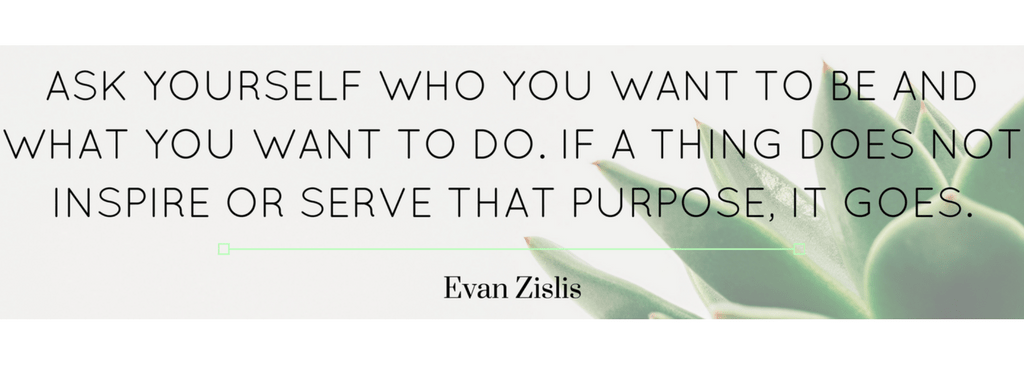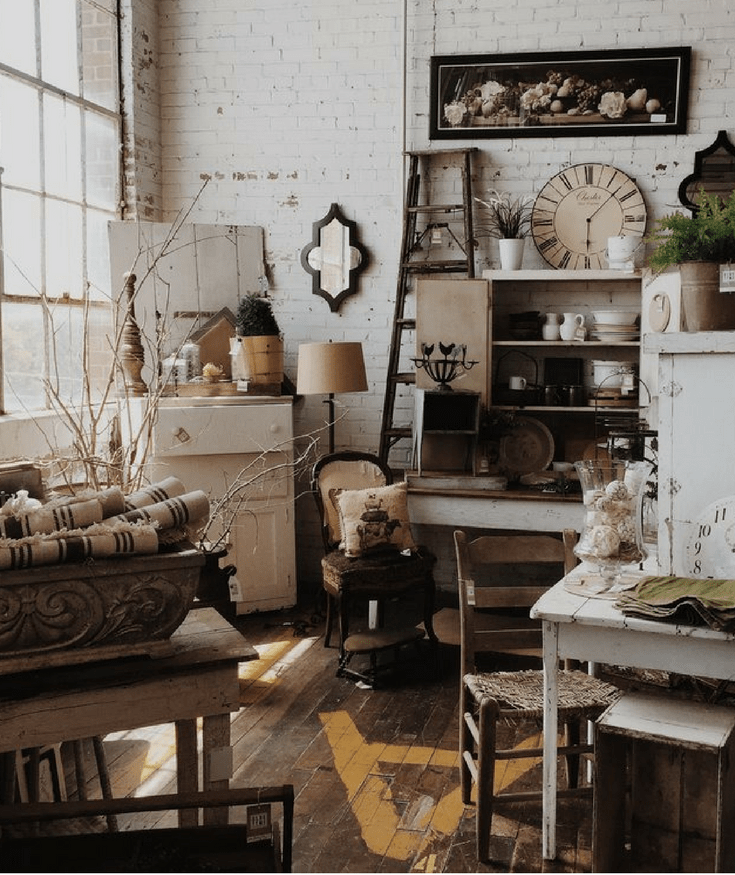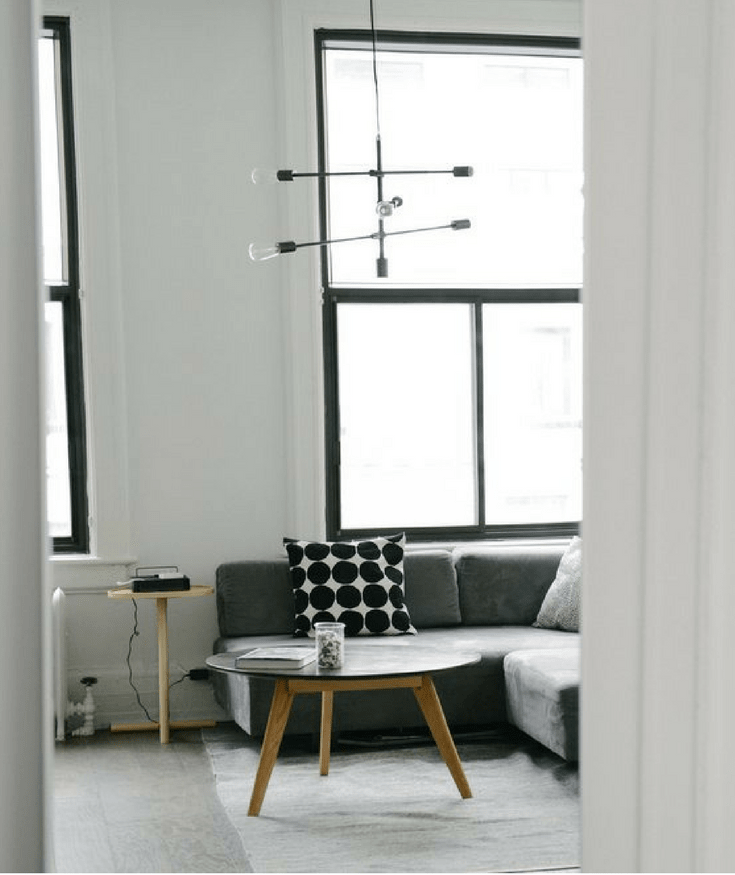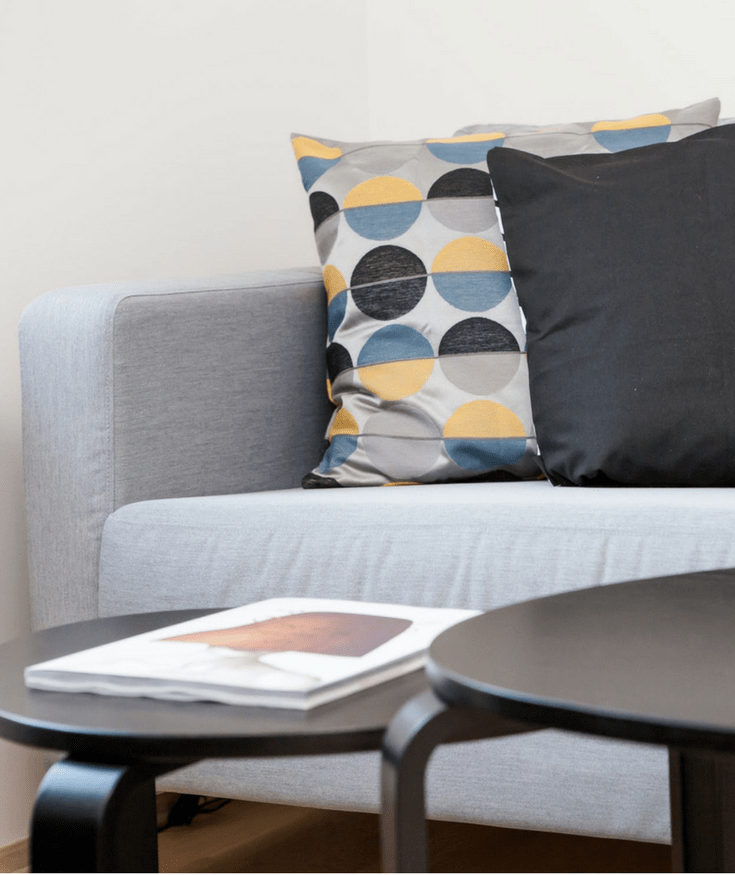Cull the Clutter: A Practical Guide to Decluttering
There’s something you need to know about me before I go any further: I’m a packrat. It’s a trait passed down from my parents, and I’ve honed it to A+ levels over the past 26 years. Before I moved to the UK, I owned enough crap to fill two mid-sized London flats twice over. Tubs of stuffed animals and porcelain dolls from my childhood, six years’ worth of university notebooks and stacks upon stacks of old receipts, boxes filled with silly mementos of boyfriends-past, about 350 books, a closet rammed with photography props and baking gizmos, three abundant, different-sized wardrobes and enough shoes to line a 400-metre dash track. When it came time to whittle this down to one suitcase, you can imagine how overwhelmed I felt.
So how did I manage to condense my life down to ship it across the Atlantic?
A purge. A ruthless, liberating, sometimes-emotional purge.If stuff is beginning to take over your home, it’s time to take it back. Use this article as a guide to declutter your own space, just as I used a similar (more chaotic and less calculated) method to zip my life up into a single suitcase. Ready? You can do this!

START SMALL AND SET GOALS
You are not going to finish this in a day. This is a key thing to remember. You didn’t accumulate this much stuff in a day, so why would you torture yourself trying to clear it all in 24 hours? Divide your home into zones (ie. Zone 1: Kitchen; Zone 2: Bathroom, etc.) and then set yourself reasonable, large goals:
- Declutter and clean the kitchen
Then break that goal down into five or six smaller goals, and make sure these goals are SMART – specific, measurable, attainable, realistic and time-bound. For instance, you don’t want to make it a goal to clear out, clean and reorganise the fridge in 30 minutes on a Saturday morning before you take the kids to ballet/football/flugelhorn practice. It’s neither realistic nor attainable. A better smaller goal would be:
- Clear out the expired food, thoroughly clean and reorganise the fridge over the course of two hours on Saturday
This goal is specific (clear, clean, reorganise), measurable (you can see when a step is complete), attainable, realistic (only one area – the fridge), and time-based (two hours on Saturday). Each time you achieve one of these smaller goals, give yourself a little break and congratulate yourself. It’s important to acknowledge your achievements. Set yourself up to succeed and you will.
FOLLOW THE 80/20 RULE
Quick – take stock of what you’re currently wearing. When’s the last time you wore that top? Those jeans? Those boots? Chances are it was probably last week. That’s because we only use about 20 percent of our possessions.
In his book Clutter Free Revolution, Evan Zislis argues that “most people truly only love about 20 percent of the stuff they possess. About 80 percent of their stuff, they do not love. Since we only love about 20 percent of our stuff, about 80 percent of our space is preoccupied storing everything else. Simplifying our stuff and refreshing our space is not as much about how we organise what we have, as much as it is about loving what we keep” (60).
And this doesn’t just apply to your wardrobe. Children’s toys, video games, DVDs, bakeware, bath products and tools are similar culprits. In fact, I bet you can walk into each room in your home and instantly list half a dozen things you never use and don’t absolutely love. So why hold onto them? During the Cull Phase (more on this below), purge yourself of everything that doesn’t fall into that 20 percent. Your life will be better for it.
THE DECLUTTERING PROCESS
Decluttering and organising may seem like a daunting task, but it doesn’t have to be. I’ve loosely based the following process on Zislis’ “Intentional Solutions 3-Step Method” to guide you swiftly through the transition from clutter to clean (42-7). It’s short, easy to follow and will work for any room in any home.
STEP ONE: CULL
The most liberating of all the steps. This is the moment when you rid yourself of all the unnecessary stuff you’ve held onto for years and start to feel a sense of relief. I promise that although this is potentially the hardest step, it’s the most gratifying. Here are some tips to help you cull your possessions:

- Get yourself three boxes. Separately label each box as “Keep,” “Donate/Recycle” or “Storage.”
- Set small goals. Begin with one corner of one room and work your way from bottom to top, placing every single object in one of the labelled boxes.
- Keep the 80/20 Rule in mind as you perform this step.
- If you’re unsure of whether an item is a “Keep” or a “Donate,” try the Backwards Hanger Trick. Start the year with all of your clothes’ hangers facing backward and put them back the right way once you wear them. At the end of the year, weed out the clothes on hangers that are still facing backward. This trick works for most objects as well. Turn pots and kitchen gadgets upside down, and put them right side up as you use them; put the spines of books, CDs and DVDs in their homes first, and face them back out when you use them.
- Clear off all flat surfaces. Most clutter accumulates here, so clear them off and keep them clear going forward.
- Shed your guilt. As you begin to cull your possessions, you will come across items that hold sentimental value. Perhaps it’s your great-grandmother’s thimble or your father’s tool chest. Try to reassess these items. Do you use them? Are they essential? Are they displayed prominently and bring you joy when you look at them? If you answered no to any or all of these questions, it’s probably time to let them go. No one is stopping you from remembering the time your grandmother used that thimble to hem your pants or the time your father brought the tool chest over to fix your leaky sink. You don’t need these items to remember the thought and memories behind them. Keep the memories, get rid of the stuff.
STEP TWO: ORGANISE
Now that you’ve culled your stuff down to the 20 percent you consistently use, it’s time to reorganise your spaces:

- Keep similar things together. Everything should have a home with like items, and they should be organised together. Ask yourself if each “Keep” item belongs in the room it’s in; if not, move it where it should be.
- Items you use every day should be easy to find and easily accessible. Organise based on need. Things you use the most should be the easiest to reach and the easiest to put away.
- Use storage containers and labels. Make sure to buy correctly-sized containers as you need them and not before. “Design your shelving and bin storage purchases around what needs to be stored – not the other way around,” or you may end up with container clutter (85).
- Go vertical. When designing your new space, think vertical instead of horizontal. Floating shelves, hanging hooks, over-the-door closet hangers and under-the-bed storage will make your rooms feel more open and clean.
- Digitalise. We live in the age of technology, so use it to your advantage! Scan your important documents into organised files on two separate hard drives and shred paper copies and use e-readers to read and store books.
STEP THREE: PREVENT
So you’ve culled and organised your spaces. Your home looks brand new! It’s clean, shiny and inspiring you to be who you want to be and live the life you want to live. But how do you keep it this way? Oftentimes, we forget to put things away in their proper home, get lazy and toss the mail on the kitchen counter or impulse buy something we saw on TV.
First of all, know it’s okay to slip up. You may not have needed that new marble elephant statue sitting on your mantelpiece, but you bought it anyway because it was cute and it was on sale. Don’t be hard on yourself for it; just be more cautious next time. Here are a few tips and tricks for preventing clutter from cropping up again:

- When you’re shopping, ask yourself if you really need that thing. Will the object bring you immense joy every time you see it? Is it essential to who you want to be or what you want to do? If “no” is the answer to both of these questions, put away the credit card!
- Live by the One In, One Out Rule. Whenever you bring something new into the house, you must also get rid of an item. Donate it, gift it, upcycle it or recycle it, but make sure it leaves the house.
- Deal with things as they arise. We all get busy. But if we spend two minutes opening the mail every day, putting away our clothes and storing our toys, clutter won’t crop up.
- Rent or borrow when possible. Things like garden and power tools and special occasion wear can usually be rented at a reasonable cost; if you have a friend or family member with the thing you need, even better! Libraries house thousands of books for your reading pleasure, and streaming sites like Netflix and Hulu let you watch hundreds of movies and TV shows for a minimal cost.

Share your decluttering story with us below or with the BMO community on Facebook, Instagram or Twitter!
Zislis, Evan Michael. Clutter Free Revolution: Simplify Your Stuff, Organize Your Life, and Save the World. Juniper Press, 2015. Print.



